In her new series, Sarah’s Mountain Escape, Sarah Richardson purchases a 5,000-square foot bed and breakfast in Whistler, British Columbia. Unlike some of the most impressive buildings that still stand to this day, Sarah’s drab and dated Bavarian-inspired property needs a complete refresh to take it from its Old World style to the dream vacation spot of today. To understand a bit more about the design aesthetics most well known to the Bavarian region, we’re digging into everything you need to know about traditional Bavarian architecture, from Gothic to Art Nouveau.
Watch the series premiere of Sarah’s Mountain Escape, Wednesday, October 19 at 9 p.m. ET/PT on HGTV Canada. Also available on the Global TV App and on STACKTV with Amazon Prime Video Channels and Rogers.
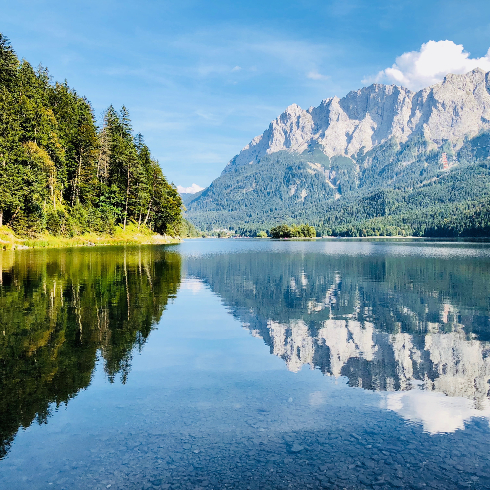
Germany’s Largest State
Bavaria, located in the southeast of Germany, is the largest state in the country (by land size). It’s the home of Oktoberfest, beautiful Bavarian mountains and forests, and inhabitants with a strong sense of cultural identity (in addition to a plethora of Old World architecture throughout the region).
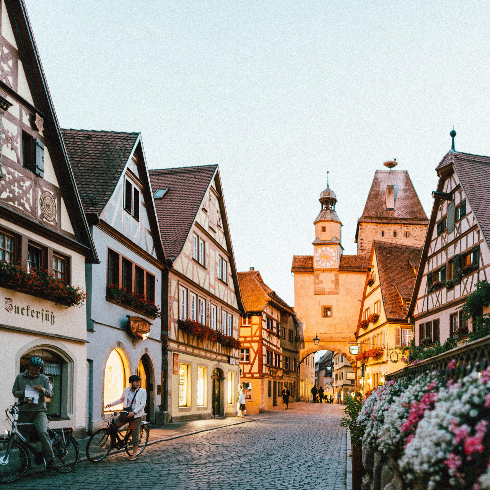
Half-Timbered Homes
One of the clearest marks of Bavaria are the half-timbered, exposed wood frames of buildings throughout the area (and the rest of the country). The exposed wood framing, known by the German term Fachwerk, serves double duty as it is load bearing and decorative.

Humble Houses
Walderhaus, one-story wooden structures are typical buildings you’ll see throughout the Bavarian forest. These humble wooden homes were residential and agriculture buildings that often featured a barn.

Colourful Exteriors
On the other end of the design spectrum are the bright and cheerful painted wooden buildings that can be seen through the cobblestone streets in Bavaria. These too feature the exposed wood that is typical of the area.
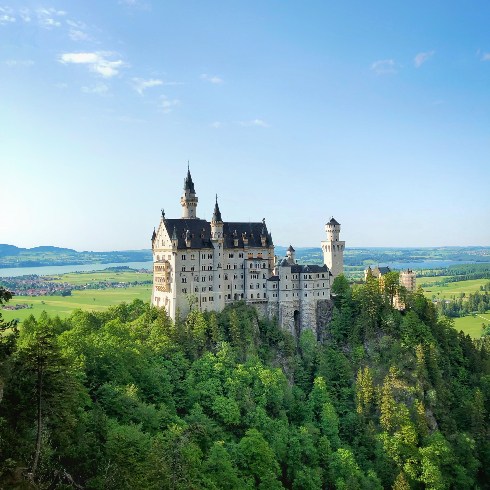
An Iconic Castle
Atop a hilly terrain, close to the town of Füssen is one of the world’s most memorable palaces. The Neuschwanstein castle was completed in 1882 and is an impressive, but typical, example of castle romanticism with influences from Gothic, Romanesque and Byzantine architecture. King Ludwig II, known as The Mad King, commissioned the project and was heavily influenced by theatre. The castle was at times regarded as kitshy in design style.
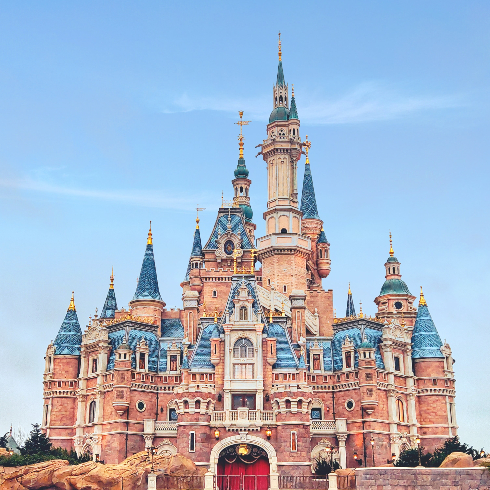
Magical Inspiration
Proving that sometimes kitsch is not a bad thing, the castle served as inspiration in several pop culture references, including the iconic Sleeping Beauty castle at Disneyland.
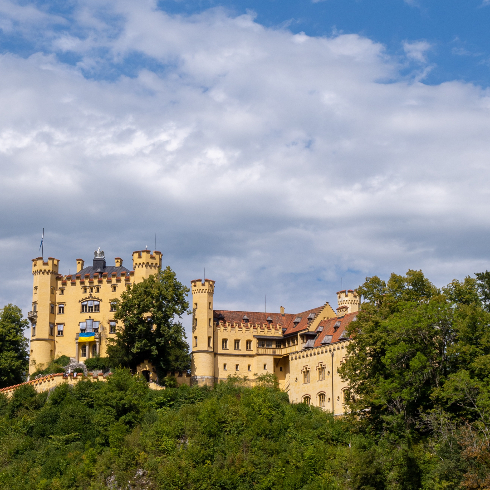
Gothic Times
Nearby to Neuschwanstein is the older Gothic-style castle where King Ludwig II spent his childhood. The yellow façade of Hohenschwangau castle can be seen peeking out of the mountainous landscape and is a true representation of 19th Century Gothic architecture. The castle’s interior outshines the exterior, with walls painted with scenes from German folklore.
Related: How to Design a Modern Gothic Mantel
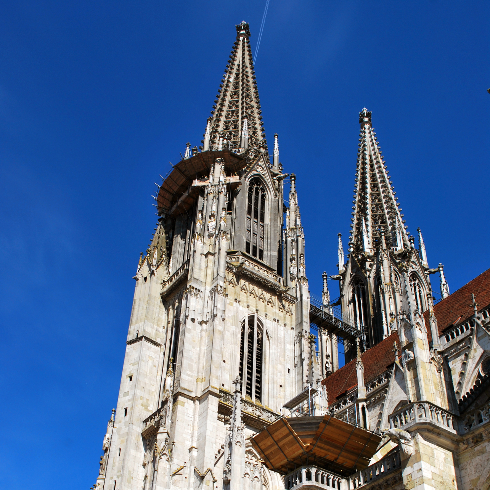
Spires in the Sky
Another stunning display of Gothic architecture in Bavaria are the two jutting towers of Regensburg’s Cathedral, also known as Saint Peter’s Cathedral. Built in the 13th Century, the city’s best known landmark defines its skyline with the grand spires and large glass windows. This building is considered the region’s most significant work of Gothic architecture.

Bavarian Baroque
Based on the French Baroque buildings, this style of architecture made it to Germany in the 18th Century and included notable buildings in Bavaria like the enormous and grand Ottobeuren Abbey.
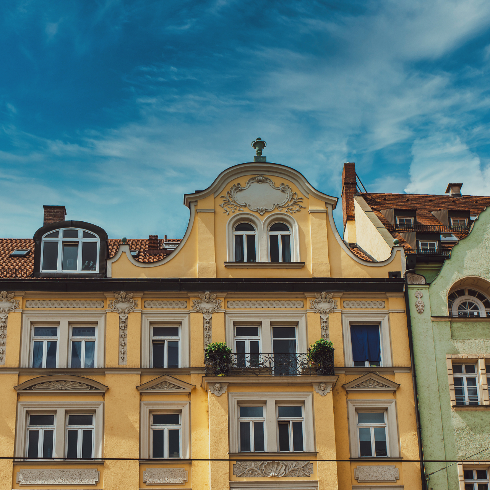
Art Nouveau Architecture
In an effort to modernize art and architecture, the 19th and 20th Centuries saw a rise in the Jugendstil Art Nouveau style which featured a mix of natural curvature and geometry, as can be seen on the façade of this Bavarian building.
HGTV your inbox.
By clicking "SIGN UP” you agree to receive emails from HGTV and accept Corus' Terms of Use and Corus' Privacy Policy.





